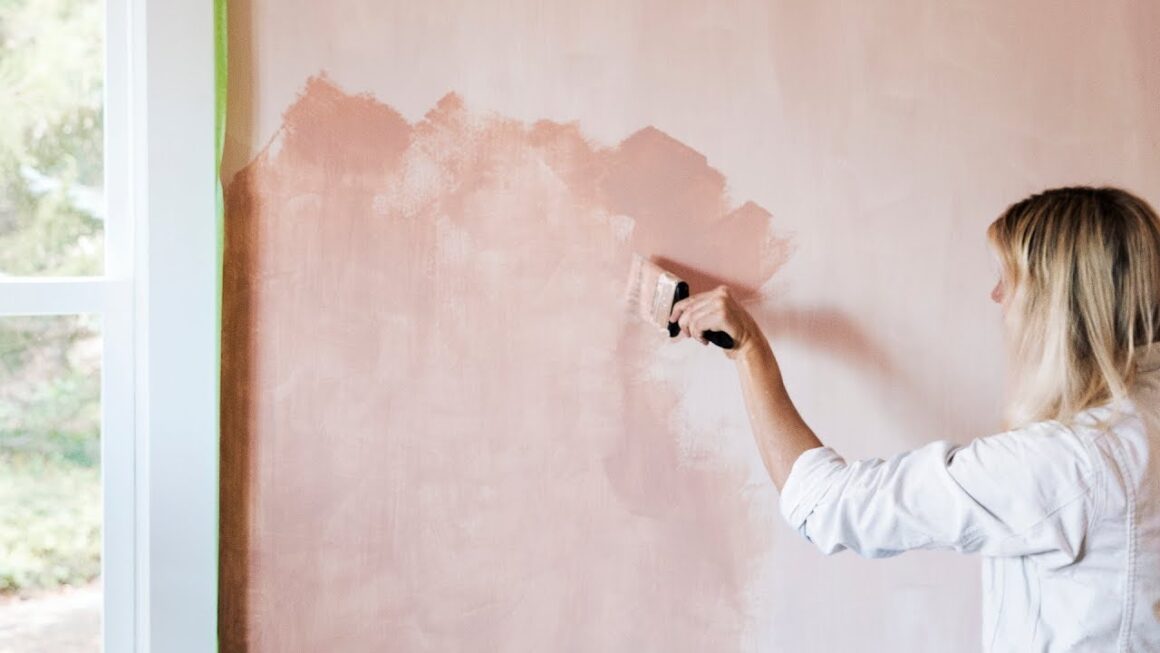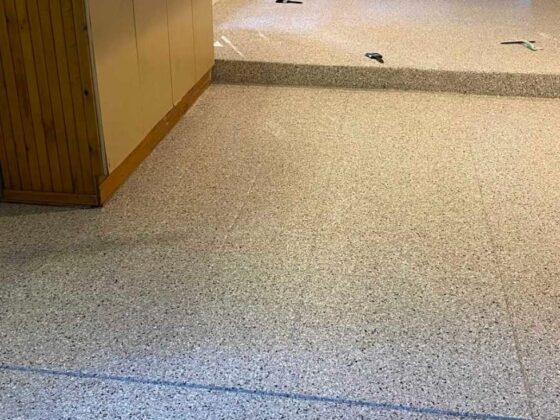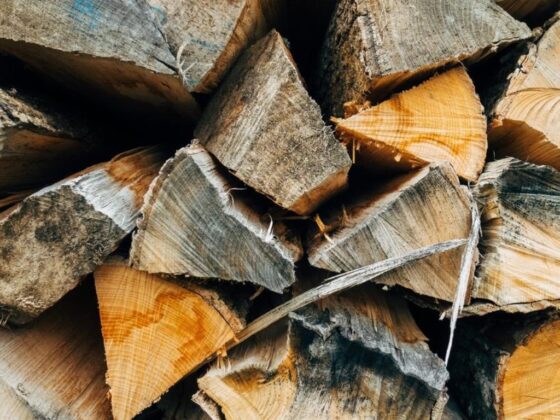Exterior masonry paint is a product that you can use to make your home look like new. It comes in various colors and textures and is made from the same ingredients as regular paint.
Exterior masonry primer is a paint that can be used to cover the exterior of brick and stone. It is typically used as an undercoat for stucco, cement plaster, and other types of exterior finishes.
Many people have heard of masonry paint but are unaware that it is not the same as ordinary home paint.
Exterior masonry paint is designed for use on exterior walls and may be applied on brick, stone, concrete, plaster, lime, cement render, and pebble dash, among other surfaces.
Masonry paint must function extremely well since it is intended for use on external walls. It defends your exteriors from weather damage, mold, rain, pollution, and degradation in general.
Exterior masonry paint provides a layer of protection to the brickwork, sealing it but yet allowing moisture to escape so the walls may breathe.
Maintaining a high-quality exterior veneer is critical since it improves the property’s durability and appearance.
A. Exterior masonry paint types

1. Masonry paint that is water-based
Masonry paint that is water-based is popular and easy to get. It’s created with an acrylic binder to provide a layer of protection to your exteriors, keeping them safe from the elements and water.
A excellent choice is water-based masonry paint, which protects the walls while allowing the bricks to breathe.
2. Masonry paint made of minerals
Mineral masonry paint is a kind of paint that uses a chemical process to knit into the brickwork of a structure. It was first developed in the 1900s. Silicate-based paint is another name for it.
Mineral masonry paint absorbs into the surface rather than producing a new layer on the wall, and the coating becomes part of the wall rather than forming a layer.
That means it’s tough and breathable, but it’s also more costly than water-based masonry paint.
3. Limewashing
Limewash is widely used since it has been around for a long time. It’s a classic method of protecting outside walls from weather and other external factors.
However, since it may become unstable with age, you should reapply it every few years. It has a natural appearance and is breathable.
4. Masonry paint with an oil base
Oil-based masonry coatings are very useful for protecting your walls, particularly during the winter. It dries quickly and has stain-blocking qualities, so it may be used to hide stains on garden walls.
However, since oil-based masonry paint is difficult to clean and necessitates the use of a specific cleaning solution, it may not be the ideal choice for your setting.
Because it’s difficult to thin, many people choose for a water-based masonry paint that’s simpler to deal with.
B. The advantages of using exterior masonry paint

- Enhances the property’s resiliency- exterior masonry paint provides a long-lasting, hard-wearing surface that is resistant to water and other external weather factors. It may also be used to conceal existing stains, and it improves the durability of your external walls. As a result, masonry paint that is resistant to the effects of the weather is recommended.
- It has a distinct appearance—you may use masonry paint to give your exteriors a distinct look. Exterior masonry paints come in a wide range of colors and may be used on a variety of surfaces.
- Increases the visual appeal of your home- many homeowners select exterior masonry paint for aesthetic reasons. It gives your home an attractive external appearance that boosts your overall curb appeal. Attracting prospective purchasers is advantageous, particularly when selling a home.
C. Exterior masonry painting techniques

Any brickwork, concrete, or external wall, or any other surface you want to alter, may be brought to life with the right application of masonry paint.
The following are the procedures for painting external brickwork.
1. Start by cleaning the surface.
Cleaning and prepping the surface is the first step in achieving excellent painting. To get rid of any old peeling paint, power wash the surface.
By using mildewcide in the water or bleach during the cleaning, you may ensure that mold and algae are not a problem. You may also clear the dirt off using a brush and scraper.
Keep in mind that any grease or oil on the surface may cause the paint to discolor or shorten its lifespan. To ensure that the masonry paint adheres properly, scrape deeply into the stonework.
2. Correct the flaws
Repair any flaws in the surface, such as cracks or uneven texture, before applying the paint. If you’re working on a concrete surface, for example, you may patch it up with new concrete and then wait for it to cure fully.
3. Pick a masonry paint color.
The kind of masonry paint you choose is mainly determined by the surface you wish to paint. While some paints are designed specifically for use on floors, others are useful for providing additional traction on slick surfaces.
A masonry paint expert should be consulted at this stage to help you choose the appropriate paint for your requirements.
4. Priming
Before applying the final coat of paint to external brickwork, it is necessary to seal and prepare the surface. The sealant is necessary to prevent moisture or water from penetrating your paint.
Use a good masonry sealant and a primer to go with it. This procedure creates a robust, moisture-resistant coating that serves as a foundation for the final painting.
Painting is number five.
After the sealer and primer have dried fully, you may begin painting the brickwork. Make sure you have all of the painting equipment you’ll need, including brushes, to add additional detail to your windows and trim.
The brush may also be used to paint between the floor and the wall with precision. You may finish the job using a roller, but make sure you have at least three covers: one for the sealer, another for the primer, and one for the masonry paint.
When painting masonry, it is preferable to apply many thin layers rather than a single heavy coat. When thin layers of masonry paint are applied on top of one other, the result is a tougher surface.
Paint also cures to various thicknesses depending on its chemistry, so allow enough time for curing before using. For smooth masonry painting on a well-prepped and in-good-condition surface, two complete coats of masonry paint are required.
You should end up with stone painting that is bright for many years if you use the correct kind of masonry paint and do adequate initial preparation.
Exterior masonry paint is a great way to repaint your exterior brick, stone, or stucco. This type of paint is very durable and can withstand the elements.
Frequently Asked Questions
How do you prepare exterior masonry for painting?
To prepare the exterior of a building for painting, you should first remove any loose or damaged materials. You can then use a high-pressure hose to wash away the dirt and debris from the surface of the masonry. After that, you can use a stiff brush to scrub off any remaining dirt and grime. Finally, you can use a wire brush to remove any rough spots on the surface of your masonry before using a paint roller or sprayer to apply paint.
What do you apply masonry paint with?
Masonry paint is a type of paint that can be applied to brick or stone surfaces. It is typically used as a protective coating for masonry, but it may also be used on other non-porous surfaces such as concrete and wood.
What is the best paint for exterior masonry?
The best paint for exterior masonry is an exterior latex paint.


